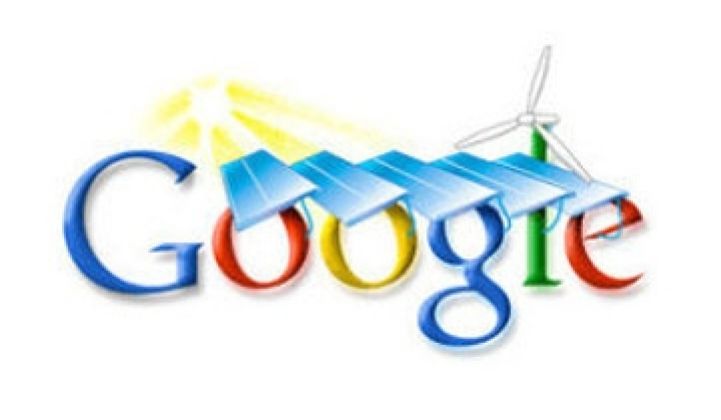Google, long a backer of renewable energy projects, data-center efficiency and home energy management technology, is now diving into the power grid itself. According to Bloomberg, which cited unnamed sources, the search engine giant is building software and hardware tools to help utilities better manage the flow of power to and from homes and businesses at the edge of the grid.
Tuesday’s report named Arun Majumdar, former head of the Department of Energy’s ARPA-E blue-sky research program, as the head of these new efforts within Google’s Energy Access team. In recent months, that team has posted online job listings under the “Bottom Up Grid” rubric, seeking power electronics engineers to help develop and deploy “advanced electrical power conversion and conditioning solutions that aim to fundamentally change the world of power.”
A Google spokeswoman declined to comment on Tuesday’s report, leaving the field open for speculation about what the company might be working on, how much it’s spending on the effort, and how far along it might be. Ben Kellison, GTM Research smart grid analyst, suggested that Google could be looking at several functions including distributed energy management at the feeder level, load and supply forecasting, and potentially power electronics hardware as well.
Google has been getting into grid edge power electronics lately -- last month, it launched a $1 million prize for smaller, smarter inverter designs via its Little Box Challenge. But it’s still far from being a complete grid technology vendor, compared to giants like General Electric, Siemens, ABB, Schneider Electric and Alstom.
So where could Google be planning to fill in the gaps in the smart grid landscape? Here’s a rundown of some of its green energy and energy management efforts underway to date, to give us a sense of where it has been and where it might be going:
- Google has invested more than $1 billion in solar and wind power projects in the past five years, making it a key stakeholder in the issue of how that intermittent green energy is integrated into the grid.
- Google is also a stakeholder in next-generation grid projects. It holds a 37.5 percent stake in the Atlantic Wind Connection, a planned $5 billion transmission backbone to connect 7,000 megawatts of offshore wind power via a high-voltage, direct-current 250-mile transmission path between southern Virginia and northern New Jersey.
- Google has already been laying the groundwork for more active participation in the grid. In 2010, it received approval from the Federal Energy Regulatory Commission to sell and buy electricity like a utility. The move gave Google more flexibility in how it managed its onsite generation, structured its power purchase agreements, and harnessed electricity for its data centers.
- Google already has an important foothold in the smart grid space via Google Maps, which serves as the foundation of a host of new GIS platforms for grid mapping and management. Last year Google launched a partnership with General Electric to merge Google Maps with GE’s Smallworld electric, telecom and pipeline network management software.
- Google has been squeezing efficiency out of its data centers for years now, giving it insight into how to manage computing equipment and infrastructure in relation to the grid.
Finally, Google’s home energy management efforts, after stalling out with its abortive PowerMeter project, have picked up steam with its $3.2 billion purchase of smart thermostat maker Nest Labs. That gives Google 1 million and counting internet-connected, self-learning thermostats as the building blocks of what could become a unified smart home effort, where it will be competing against building energy management stalwarts like Honeywell and fellow tech giants like Apple.



